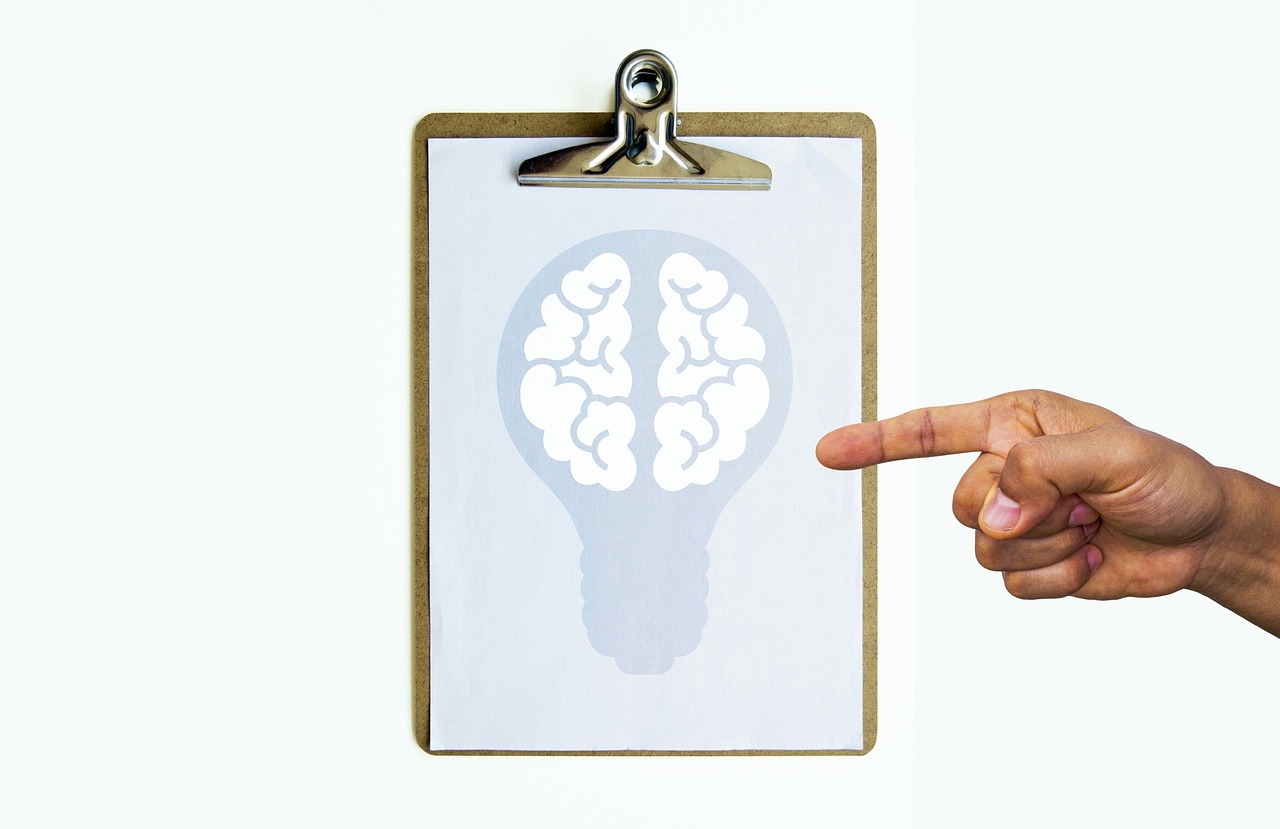Experimentation is at the heart of successful machine learning. It’s not enough to simply apply an algorithm to your data; you need to systematically test different approaches, tune hyperparameters, and evaluate the results to find the optimal solution. This iterative process, often referred to as “ML experiments,” is critical for building robust and accurate models. This post will dive deep into the world of ML experiments, providing a comprehensive guide to help you design, execute, and analyze your own experiments effectively.
Understanding Machine Learning Experiments
What is an ML Experiment?
An ML experiment is a structured process of systematically testing different hypotheses related to your machine learning model. It involves defining a specific goal, setting up different configurations (e.g., different algorithms, hyperparameters, features), running the model, and evaluating the results based on pre-defined metrics. Think of it like a scientific experiment, but applied to the world of machine learning. A well-designed experiment provides valuable insights into model behavior, allowing you to make informed decisions and improve performance.
Why are ML Experiments Important?
- Improved Model Performance: Experimentation allows you to fine-tune your model and achieve better accuracy, precision, recall, and other relevant metrics.
- Better Understanding of Data: By trying different features and preprocessing techniques, you gain a deeper understanding of your data and its impact on model performance.
- Identification of Optimal Algorithms: Different algorithms perform differently on different datasets. Experiments help you identify the algorithm that best suits your specific problem.
- Reproducibility: Well-documented experiments allow you to reproduce your results and ensure consistency across different environments. This is crucial for collaboration and long-term project maintenance.
- Data-Driven Decisions: Experiments provide empirical evidence to support your decisions, reducing reliance on guesswork and intuition. For instance, you might be considering two different feature engineering techniques. An experiment will tell you definitively which is better.
Key Components of an ML Experiment
A typical ML experiment involves the following key components:
- Problem Definition: Clearly define the problem you are trying to solve and the goals you want to achieve. What question are you trying to answer?
- Data Preparation: Prepare your data by cleaning, transforming, and splitting it into training, validation, and test sets.
- Model Selection: Choose the appropriate machine learning algorithm or algorithms based on your problem and data.
- Hyperparameter Tuning: Optimize the hyperparameters of your chosen algorithm to achieve the best possible performance. This often involves techniques like grid search, random search, or Bayesian optimization.
- Evaluation Metrics: Define the metrics you will use to evaluate the performance of your model (e.g., accuracy, precision, recall, F1-score, AUC). The choice of metrics should align with your business goals.
- Experiment Tracking: Keep track of all your experiments, including the configurations, code, data, and results. Tools like MLflow, Weights & Biases, and Comet are invaluable for this.
- Analysis and Reporting: Analyze the results of your experiments and create a report summarizing your findings and recommendations.
Designing Effective ML Experiments
Defining Clear Objectives and Hypotheses
Before you start experimenting, it’s crucial to define clear objectives and hypotheses. What are you trying to achieve with your experiments? What do you expect to happen? A well-defined hypothesis will guide your experimentation and make it easier to interpret the results.
- Example:
Objective: Improve the accuracy of a customer churn prediction model.
Hypothesis: Adding interaction features between customer demographics and product usage will improve the model’s ability to predict churn.
Setting up a Reproducible Environment
Reproducibility is essential for reliable ML experiments. Ensure that you have a consistent and well-defined environment, including:
- Version Control: Use a version control system like Git to track changes to your code and configurations.
- Dependency Management: Use tools like pip or conda to manage your Python dependencies and ensure that you can recreate your environment on different machines.
- Data Versioning: Track changes to your datasets using tools like DVC (Data Version Control) or a similar solution. This is critical, as data changes can significantly impact model performance.
- Configuration Management: Use configuration files to store your experiment parameters, making it easy to modify and track different configurations.
Choosing Appropriate Evaluation Metrics
The choice of evaluation metrics depends on your problem and business goals. Consider the following factors when selecting metrics:
- Type of Problem: For classification problems, consider accuracy, precision, recall, F1-score, and AUC. For regression problems, consider mean squared error (MSE), root mean squared error (RMSE), and R-squared.
- Class Imbalance: If your data has imbalanced classes, consider metrics like precision, recall, and F1-score, which are less sensitive to class imbalance than accuracy.
- Business Impact: Choose metrics that directly reflect the business impact of your model. For example, if you are building a fraud detection model, you might prioritize recall (detecting all fraudulent transactions) over precision (minimizing false positives).
- Example:
- Problem: Classifying images of cats and dogs.
- Metrics: Accuracy, precision, recall, F1-score. If the cost of misclassifying a dog as a cat is higher than misclassifying a cat as a dog (e.g., because of downstream processes), you might prioritize precision for the “dog” class.
Executing and Tracking ML Experiments
Utilizing Experiment Tracking Tools
Experiment tracking tools are essential for managing and analyzing your ML experiments. These tools allow you to:
- Track Experiment Parameters: Log all the parameters used in your experiments, such as the algorithm, hyperparameters, and data preprocessing steps.
- Monitor Performance Metrics: Track the performance of your model on different metrics in real-time.
- Visualize Results: Create visualizations to compare the results of different experiments and identify the best performing configurations.
- Collaborate with Team Members: Share your experiments with your team and collaborate on improving model performance.
Popular experiment tracking tools include:
- MLflow: An open-source platform for managing the end-to-end machine learning lifecycle.
- Weights & Biases: A platform for tracking and visualizing ML experiments, with a focus on collaboration.
- Comet: A platform for tracking and managing ML experiments, with advanced features for debugging and reproducibility.
Documenting Your Experiments
Detailed documentation is crucial for understanding and reproducing your experiments. Document the following:
- Experiment Goal: What were you trying to achieve with this experiment?
- Hypothesis: What was your hypothesis?
- Data: What data did you use? What preprocessing steps did you perform?
- Code: Include the code used to train and evaluate your model.
- Configuration: Document all the parameters used in your experiment.
- Results: Report the performance of your model on all relevant metrics.
- Conclusions: What did you learn from this experiment? What are the next steps?
Automating Experiment Execution
Automating the execution of your experiments can save you a significant amount of time and effort. Use tools like:
- Pipelines: Create pipelines to automate the entire experiment process, from data preprocessing to model training and evaluation. Tools like Kubeflow Pipelines, Airflow, and Prefect are commonly used for this.
- Hyperparameter Tuning Tools: Automate the process of hyperparameter tuning using tools like Optuna, Hyperopt, and scikit-optimize.
- Example: Using a pipeline to automatically train a model with different hyperparameters and log the results to MLflow. This eliminates manual intervention and ensures consistency.
Analyzing and Interpreting Results
Statistical Significance Testing
When comparing the results of different experiments, it’s important to use statistical significance testing to determine whether the observed differences are statistically significant or simply due to chance. Common statistical tests include:
- T-test: Used to compare the means of two groups.
- ANOVA: Used to compare the means of more than two groups.
- Chi-squared test: Used to test the independence of two categorical variables.
Identifying Patterns and Trends
Analyze the results of your experiments to identify patterns and trends. Look for correlations between different parameters and model performance. Visualize your results using charts and graphs to gain a better understanding of the data.
- Example: Plotting the relationship between the learning rate and the validation accuracy to identify the optimal learning rate.
Iterating and Refining Your Experiments
Experimentation is an iterative process. Use the results of your experiments to refine your hypotheses and design new experiments. Continuously iterate and improve your model based on the insights you gain.
- Example: If an experiment shows that adding a particular feature improves model performance, try adding more related features or exploring different ways to engineer that feature.
Conclusion
Machine learning experiments are the cornerstone of building effective and reliable models. By understanding the principles of experimental design, utilizing appropriate tools for tracking and analysis, and continuously iterating based on the results, you can significantly improve the performance of your models and gain valuable insights into your data. Embracing a systematic and data-driven approach to experimentation will ultimately lead to better outcomes and more successful machine learning projects. Remember to document your experiments meticulously, prioritize reproducibility, and always strive to learn from both successes and failures.




